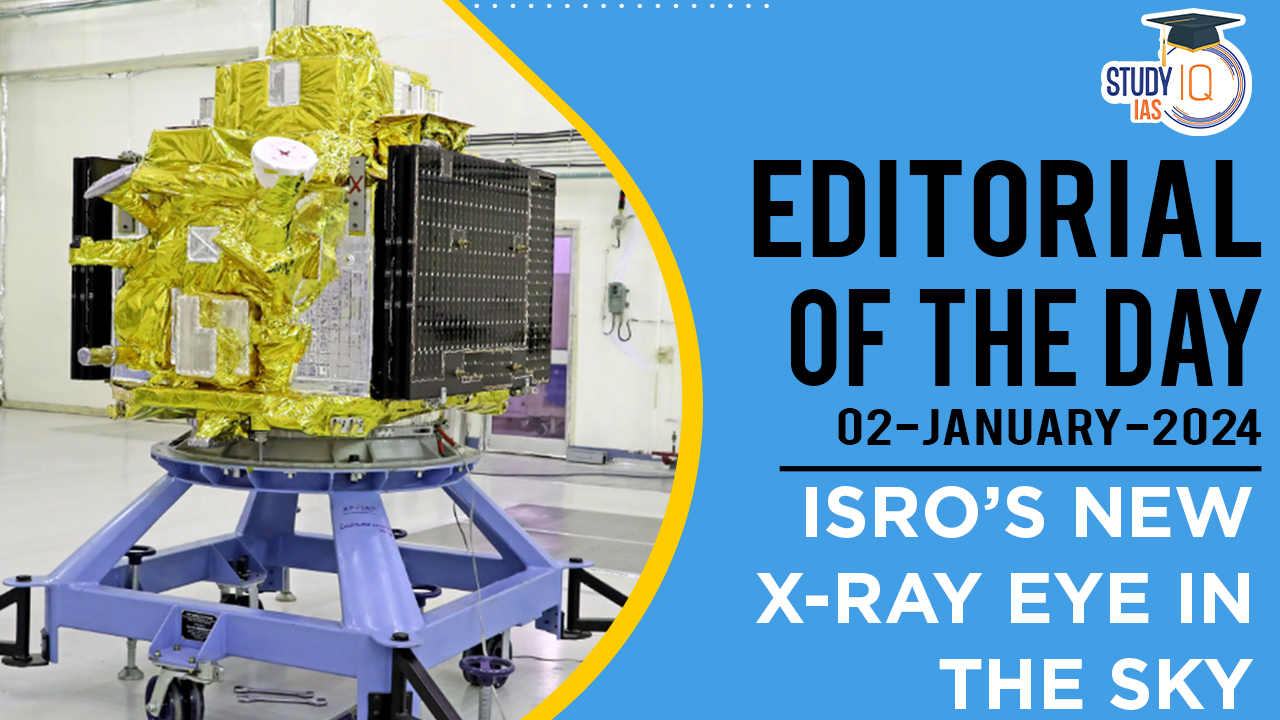Table of Contents
Context: The launch of XPoSat Mission was the world’s second space mission to study the polarisation of cosmic X-rays, after NASA’s IXPE.
What Are X-Rays?
- X-rays are formed by the movement of electric charges, which disrupts electric and magnetic fields.
- Polarised X-rays: When the electric field of X-rays fluctuates in a specific direction during wave propagation, the X-rays are termed as “polarised.”
- This directionality of the electric field is influenced by the motion of the electric charges (like accelerating electrons) that generate the X-ray.
- Polarisation in Stellar Objects: In astronomical bodies with strong magnetic fields, electrons orbit around magnetic fields, emitting polarised X-rays.
- This is different from most stars that emit unpolarized light.
- Studying Polarised X-Rays: Analysing the polarisation of X-rays can provide insights into objects like pulsars and black hole regions.
- Pulsars, rotating neutron stars, emit two polarised radio lights with distinct timing and polarisation patterns.
- Challenges in X-ray Study: Due to their high energy, X-rays can’t be focused using ordinary lenses and are mostly absorbed by the Earth’s atmosphere, making them difficult to study from Earth.
We’re now on WhatsApp. Click to Join
XPoSat Mission
- Approach: The mission’s primary tool, POLIX (Indian X-ray Polarimeter), is designed to analyse X-rays’ unique properties in space. It features a beryllium disc and detectors along its walls to capture X-rays. POLIX enables the study of lower energy X-rays than current NASA instruments.
- XSPECT Instrument on XPoSat: This secondary instrument on XPoSat is dedicated to examining the timing and spectral attributes of X-ray emitting space objects.
- ISRO’s Capability: The XPoSat mission demonstrates ISRO’s proficiency and advancement in planetary research, contributing significantly to space science.


 National Technology Readiness Assessment...
National Technology Readiness Assessment...
 Justice Mission-2025: China’s Live-Fir...
Justice Mission-2025: China’s Live-Fir...
 Suryastra: First Made-in-India Long-Rang...
Suryastra: First Made-in-India Long-Rang...

























